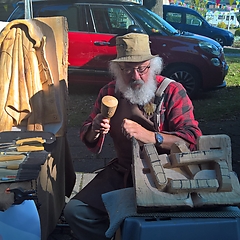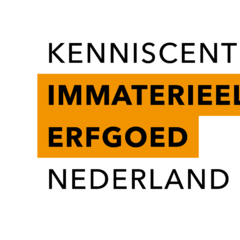Frisian woodcarving is decorating wooden utensils with the chip carving technique. Characteristic are the geometric patterns like rosettes, stars and wicker patterns. The expression ‘Frisian’, to which this type of popular art owes its name, does not only refer to Friesland. It was done in the whole north of the Netherlands and the area around the former Zuiderzee. The woodcarver draws the patterns on wood, sometimes using carbon paper. A compass is indispensable for making rosettes and other circular shapes. Often lime wood is used, which is soft and pale, and does not have many knots. But rose wood, oak and tropical woods are suitable as well. The carvers of Frisian woodcarving use a small chisel and a small, sharp knife. With the chisel notches of a few millimetres depth are made in the wood. The knife is used to cut out patterns. Hence the name ‘chip carving’. There are well-known basic geometric patterns, allowing endless varieties. The technique is not very difficult to learn and not much room is needed. It does, however, take a lot of time and practice to really master the technique. The best way to learn is from an experienced carver. Objects that are often decorated are serving trays, (jewellery) boxes and trivets.



